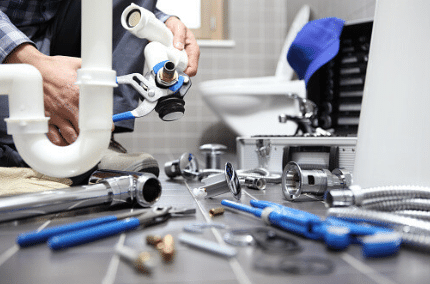
Shipping your car across the country requires careful consideration of many factors. These include cost, time of year and type of vehicle as well as washing your car before shipping.
Cost
Shipping your car cross-country involves several key considerations that will affect its costs, including fuel price fluctuations, vehicle type and condition, time of year and weather conditions.
Being aware of these details can help you secure the best value auto transport services.
Finding an efficient car shipping company is also integral to keeping costs low when moving across state lines. A dependable provider will provide a free transport quote quickly while offering safe transport of your vehicle – plus discounts may even be provided for military members and students!
Shipping in winter tends to be more economical due to reduced demand; shipping times may also fluctuate due to inclement weather or other outside forces beyond control of auto transporters. You can visit https://forecast.weather.gov/ for up to date information about weather conditions.
Time of year
It is wise to book your shipment early; compare auto transport companies for competitive quotes before booking your shipment.
Most shipping services charge per mile with fees increasing as distance increases between pickup and delivery locations; fuel costs also play a factor when transporting cars during peak seasons.
When possible, try not to ship a car during summer when rates are highest as this period sees travelers heading on vacation. If this can be avoided, then spring or fall might be better as these times tend to be slower in terms of shipping industry activity and may provide you with better savings for your shipment.
Winter can also be an ideal time for shipping cars, although finding an affordable quote may prove more challenging due to decreased demand and reduced rates available from shippers. Furthermore, delays may arise because some shipping routes close due to bad weather.

Type of vehicle
As part of any cross-country move, it’s crucial to carefully consider how your vehicle will be shipped.
There are various car shipping options available and costs can depend on factors like vehicle type and transport method used. Many consumers find that shipping a car across country offers convenient and safe long distance moves. However, it’s essential that costs and benefits of each option be assessed carefully prior to making a decision.
As a general rule, sedans tend to be cheaper to transport than SUVs; this is because trailers only accommodate so many cars at once; larger cars take up more space on these trailers and incur greater shipping costs as a result.
Each car shipping company also imposes its own maximum weight limit when uploading vehicles onto trailers. Depending on its size and weight requirements, shipping it with another larger one could prove more cost-effective than doing it separately.
One of the best ways to assess the cost of shipping your car across the country is to obtain a quote from a reputable auto transporter. Before choosing one, it’s wise to verify their USDOT number and customer reviews; additionally make sure that they offer sufficient insurance coverage in case damage occurs to your car during transit. You can visit this site to learn more about USDOT numbers.
Booking early ensures space on a carrier, helps avoid delays during transit and helps ensure all pre-existing damage can be inspected when collecting vehicles from the driver. Payment typically is made in cash upon delivery but you can discuss alternative payments with the driver as needed.
Insurance
Car shipping companies require liability insurance when transporting vehicles, although terms and coverage amounts may differ between auto shippers.
Some may include this cost in their shipping quotes while others may charge separately for short-term supplemental policies – either way it could be worth your while if your vehicle contains expensive accessories that don’t fall under your current car policy’s coverage.
Your vehicle transport options include an open carrier or enclosed car transporter. While the former option may be less costly, your car could become exposed to harsh weather or debris during transit and suffer damages that require costly repairs; its counterpart is more costly but offers additional protection, making it suitable for luxury or collector vehicles.
No matter if it’s for a new job, attending a car show, or purchasing online; shipping your car can be an efficient and safe solution. Before choosing any specific method to ship it through, take time to learn all your options thoroughly and then make an informed decision that best fits with your situation.
Many are shocked to find out their vehicle shipping company doesn’t carry insurance for vehicle transport. While most reputable firms will take every measure possible to protect your car during shipping, damage can still occur and it is vitally important that before hiring any auto transport company you check with your auto insurer to see what coverage exists.

